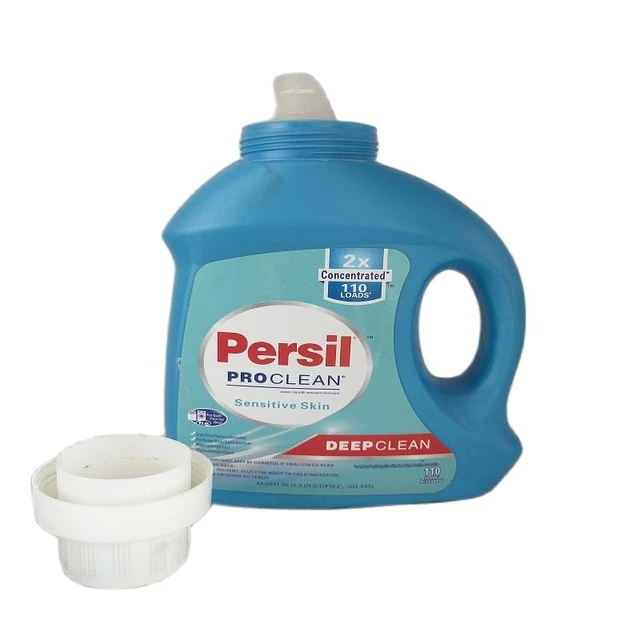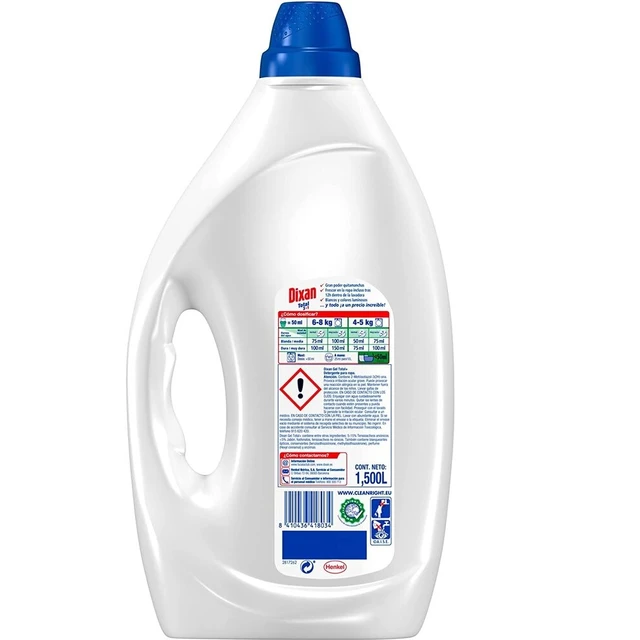 Introduction:
Introduction:
How to clean up spilled laundry detergent
Accidental spills of laundry detergent can be messy and challenging to clean up. However, with the right approach and materials, you can effectively remove the detergent and minimize any potential damage to your surfaces. In this step-by-step guide, we will explore the best practices for cleaning up spilled laundry detergent. By following these simple instructions, you can restore the cleanliness of your space and avoid any issues caused by the spill.
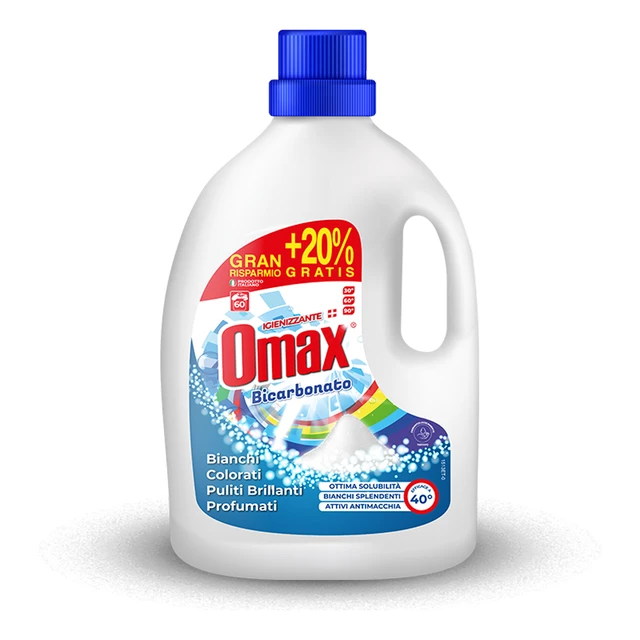 Some common types of laundry detergents:
Some common types of laundry detergents:
There are several types of laundry detergents available on the market, each designed for specific purposes and varying preferences. Here are some common types of laundry detergents:
Powder Detergent:
Powder detergents are a traditional and widely used form of laundry detergent. They are typically composed of granulated soap particles that dissolve in water to create a cleaning solution. Powder detergents are effective in removing stains and dirt from clothes.
Liquid Detergent:
Liquid detergents are a popular choice due to their convenience and ease of use. They come in liquid form and are poured directly into the washing machine or used for pre-treating stains. Liquid detergents are effective for both standard and high-efficiency (HE) washing machines.
Pods or Packs:
Laundry pods or packs are pre-measured, single-use units that contain a concentrated dose of detergent. They are convenient and mess-free, as the pod is simply tossed into the washing machine drum. Pods are available in both liquid and powder forms.
High-Efficiency (HE) Detergent:
HE detergents are specially formulated for use in high-efficiency washing machines, which use less water compared to traditional machines. These detergents are designed to produce less suds while effectively cleaning clothes, preventing residue buildup, and optimizing machine performance.
Eco-Friendly or Plant-Based Detergent:
Eco-friendly detergents are formulated with natural, biodegradable ingredients and avoid the use of harsh chemicals. They are designed to be gentler on the environment and are suitable for individuals with sensitivities to traditional detergents.
Specialty Detergents:
There are also specialty detergents available for specific laundry needs. This includes detergents for sensitive skin, baby laundry detergents, stain-removing detergents, color-safe detergents, and fabric-specific detergents (such as for delicates or woolens).
It’s important to choose a laundry detergent that is compatible with your washing machine, suits your laundry needs, and is appropriate for the type of fabrics you are washing. Always follow the manufacturer’s instructions for the correct usage and dosage of the detergent.
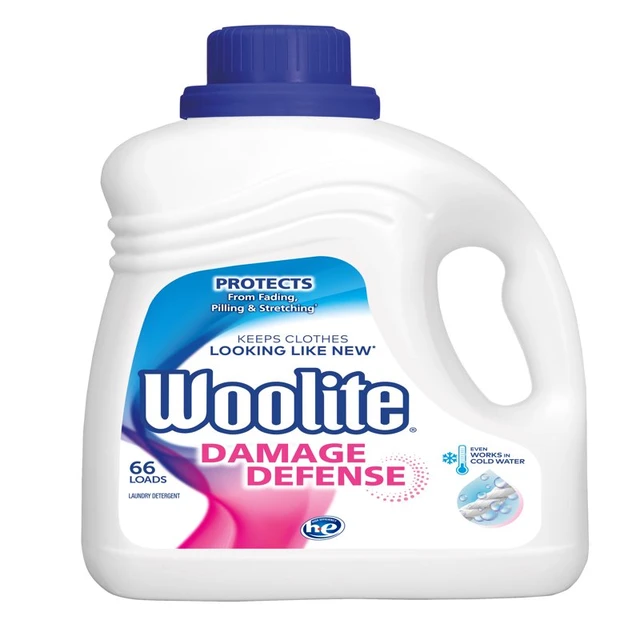 Introduction to Cleaning Up Spilled Laundry Detergent
Introduction to Cleaning Up Spilled Laundry Detergent
How to clean up spilled laundry detergent
Understanding the proper method for cleaning up spilled laundry detergent is essential to avoid further mess and potential damage.
A. Importance of Immediate Action: It is crucial to act promptly and clean up the spill as soon as possible to prevent any stains or damage to surfaces.
B. Protecting Yourself: Before beginning the cleanup process, ensure your safety by using protective gloves to avoid direct contact with the detergent.
Assess the Spill
Before cleaning up the spilled laundry detergent, assess the size and severity of the spill.
A. Evaluate the Volume: Determine how much detergent has spilled to gauge the scale of the cleanup effort.
B. Surface Types: Consider the surfaces affected by the spill, such as flooring, countertops, or fabrics, to tailor your cleaning approach accordingly.
III. Removing Excess Detergent
Begin by removing any excess laundry detergent from the spill area.
A. Scrape or Scoop: Use a plastic spatula or spoon to carefully scoop up as much excess detergent as possible, taking care not to spread it further.
B. Paper Towels or Absorbent Cloth: Blot the spilled area with paper towels or an absorbent cloth to soak up any liquid detergent.
Diluting the Spilled Detergent
To reduce the concentration and spread of the spilled detergent, dilute it with water.
A. Mix Water and Detergent: In a bucket or container, create a solution of water and a small amount of laundry detergent to dilute the spilled detergent.
B. Apply the Solution: Pour the diluted solution onto the spilled area, ensuring it covers the entire affected surface.
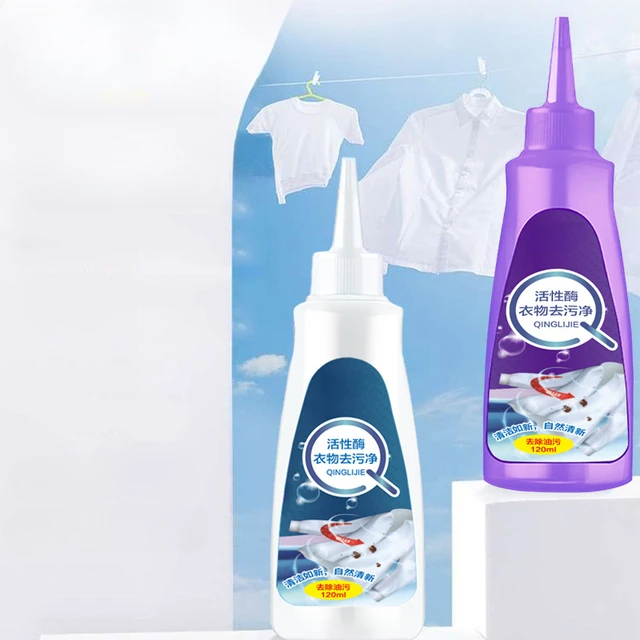 Scrubbing and Cleaning the Surface
Scrubbing and Cleaning the Surface
With the diluted solution applied, clean the surface to remove the leftover detergent residue.
A. Scrubbing Tools: Use a soft-bristle brush or sponge to gently scrub the surface, focusing on the areas with detergent residue.
B. Circular Motions: Use circular motions to scrub the surface, gradually lifting and removing the detergent.
Rinsing the Surface
After scrubbing, rinse the surface thoroughly to remove any remaining detergent or cleaning solution.
A. Clean Water Rinse: Pour clean water onto the surface or use a damp cloth to wipe away the leftover detergent and cleaning solution.
B. Repeat if Needed: If there are still visible traces of detergent, repeat the process of scrubbing and rinsing until the surface is clean.
Drying and Inspecting the Area
How to clean up spilled laundry detergent
Once the surface is rinsed clean, ensure it is properly dried to avoid any lingering moisture or potential slip hazards.
A. Pat Dry: Use paper towels or a clean, absorbent cloth to pat the surface dry, removing any excess moisture.
B. Inspect for Residue: Inspect the area closely to ensure there are no detergent residue or stains left behind.
Some common allergic reactions to laundry detergent:
Allergic reactions to laundry detergent can occur in some individuals. These reactions can result from sensitivity or allergy to specific ingredients present in the detergent. Here are some common allergic reactions to laundry detergent:
Contact Dermatitis:
Contact dermatitis is the most common allergic reaction to laundry detergent. It causes redness, itching, and rash on the skin that comes into contact with the detergent. This reaction occurs due to irritants or allergens present in the detergent coming into direct contact with the skin.
Respiratory Symptoms:
Some individuals may experience respiratory symptoms when exposed to certain laundry detergents. This can include coughing, wheezing, shortness of breath, or chest tightness. These symptoms may occur due to inhaling the detergent’s fumes or particles.
Skin Sensitivity:
Even in the absence of a full-blown allergic reaction, some people may have skin sensitivity issues when exposed to certain laundry detergents. This can involve mild discomfort, dryness, or itchiness on the skin.
It’s important to note that allergens can vary from person to person, and not all individuals will have the same reaction to the same detergent. Some common allergens present in laundry detergents include fragrances, dyes, preservatives, enzymes, and certain chemicals.
If you suspect that you have an allergic reaction to a laundry detergent, it is recommended to discontinue its use and switch to a hypoallergenic or fragrance-free alternative. If the symptoms persist or worsen, seeking medical advice from a healthcare professional is advisable. They can help diagnose the specific allergen causing the reaction and provide appropriate treatment or guidance on managing and preventing future reactions.
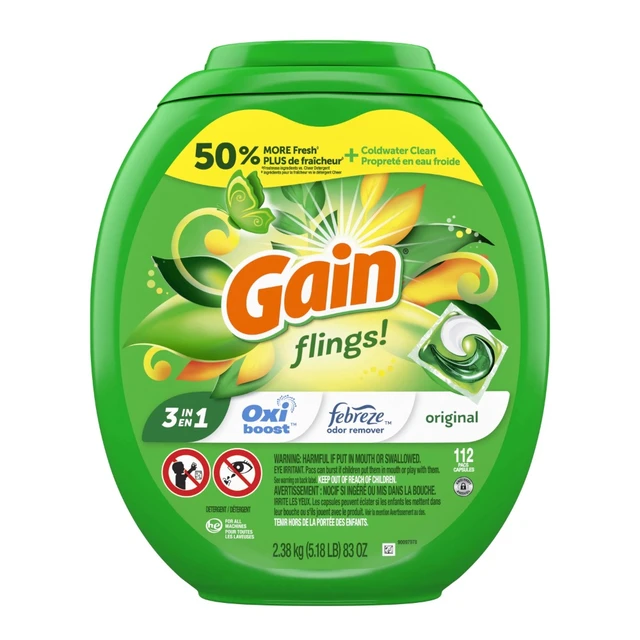 Conclusion
Conclusion
How to clean up spilled laundry detergent
Cleaning up a spilled laundry detergent requires a systematic approach to effectively remove the mess and prevent any potential damage to surfaces. By assessing the spill, removing excess detergent, diluting the spill, scrubbing and cleaning the surface, rinsing thoroughly, and inspecting for residue, you can successfully clean up the spill. Prompt action and attention to detail are crucial in achieving a clean and safe environment. By following these step-by-step instructions, you can quickly and efficiently clean up a spilled laundry detergent and restore the cleanliness of your space.
